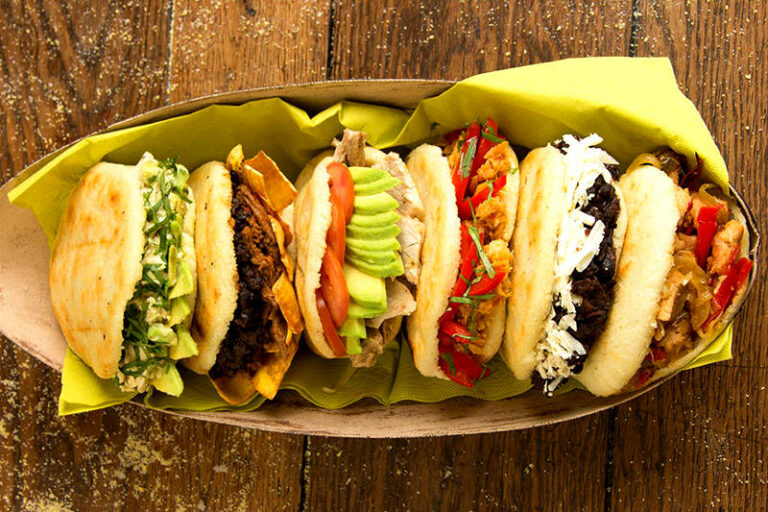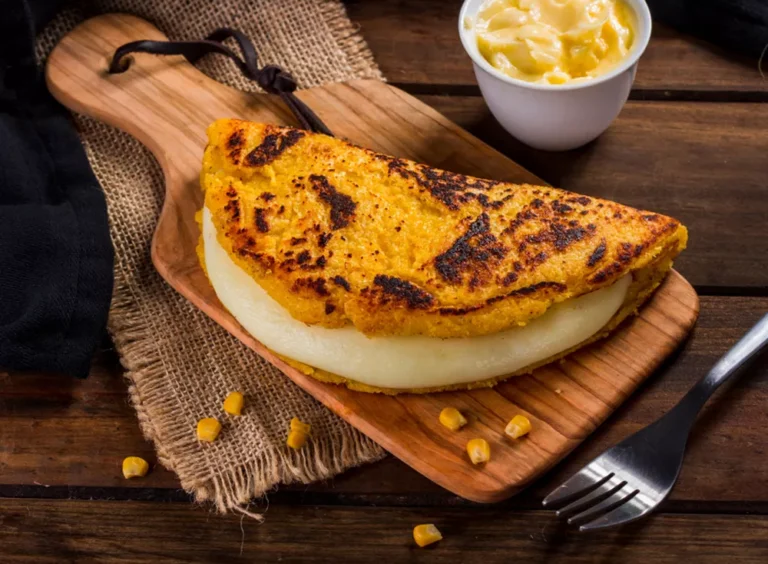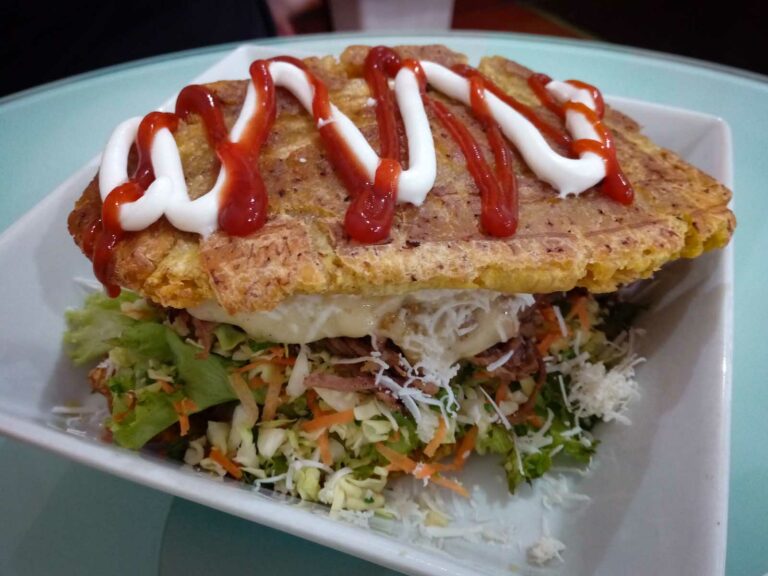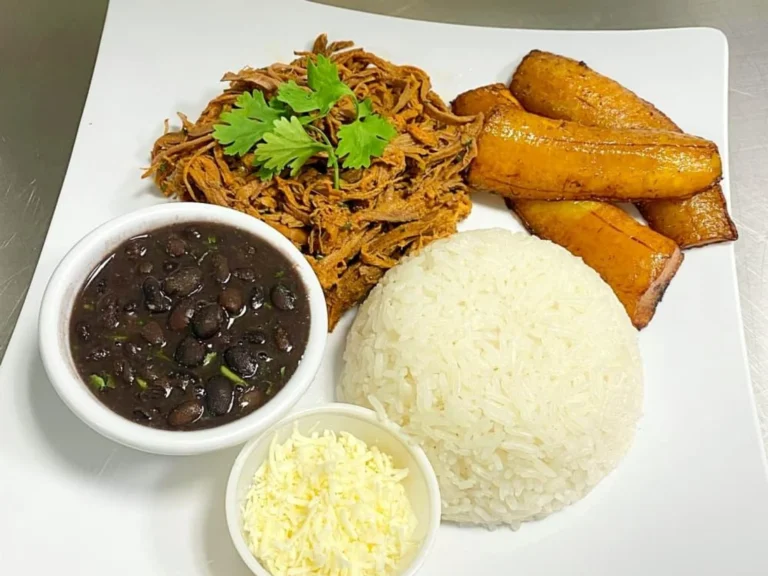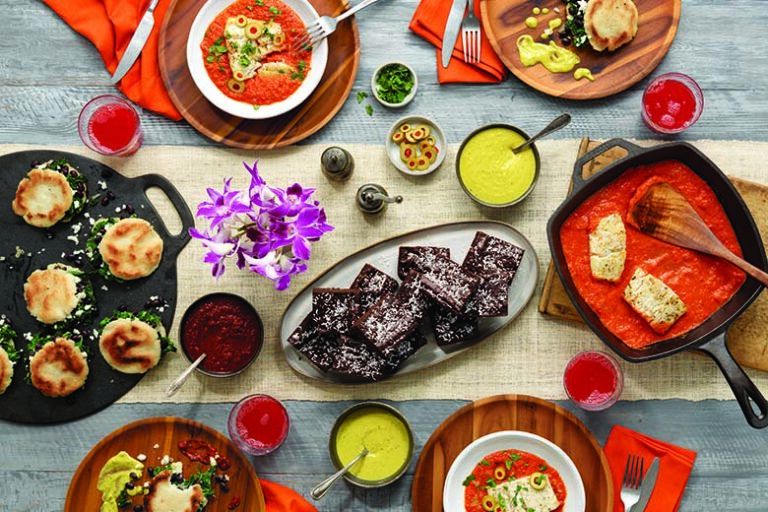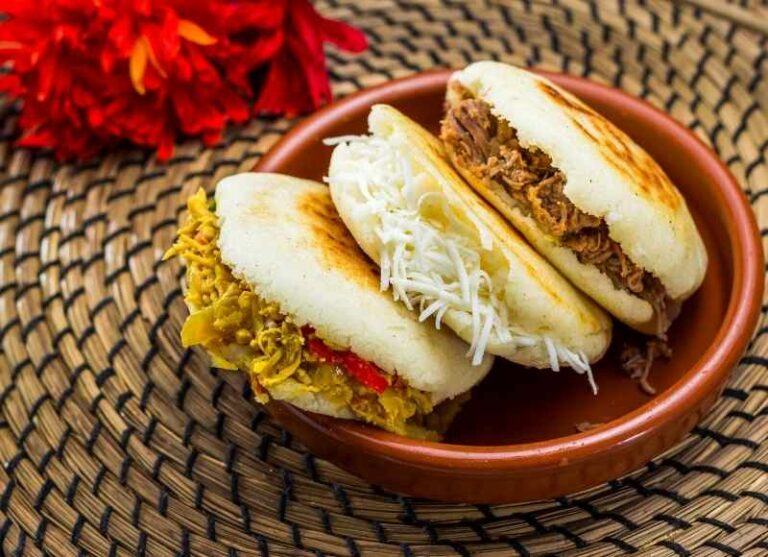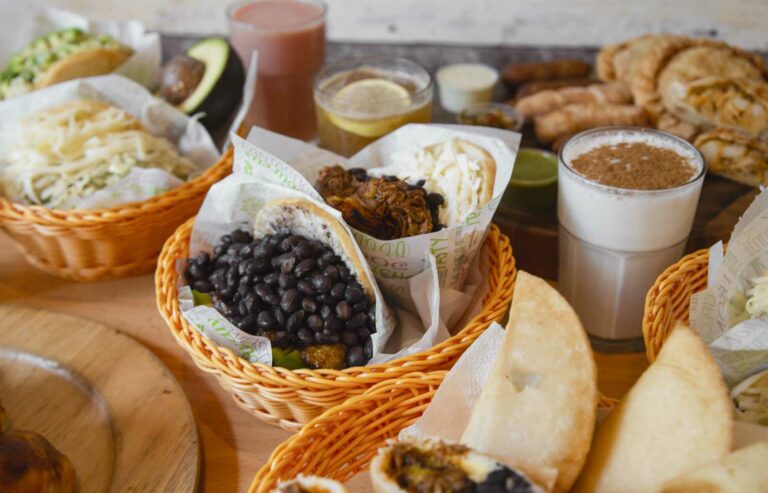Introduction: Venezuelan cuisine
Venezuelan cuisine is a rich blend of flavors and spices that reflect the country’s diverse cultural heritage. The cuisine is heavily influenced by the indigenous, African, and European cultures that have shaped the country’s history. Venezuelan cuisine features a variety of meats, seafood, and vegetables that are often seasoned with a range of condiments and spices. These ingredients give Venezuelan dishes their distinctive flavor and aroma.
Aji dulce: the sweet pepper
Aji dulce is a small, sweet pepper that is widely used in Venezuelan cuisine. It is similar in appearance to a habanero pepper but has a much milder flavor. Aji dulce is often used to add a sweet and spicy flavor to soups, stews, and sauces. It is also used to make a popular Venezuelan dish called “pabellón criollo,” which is a hearty stew made with beef, black beans, rice, and plantains. Aji dulce is a versatile ingredient that adds depth and complexity to Venezuelan dishes.
Guasacaca: a versatile dip
Guasacaca is a popular Venezuelan dip that is similar to guacamole but has a unique flavor profile. It is made with avocado, onions, garlic, cilantro, vinegar, and hot peppers. Guasacaca is often served as a dipping sauce for empanadas, grilled meats, and vegetables. It is also used as a topping for arepas, which are thick, round corn cakes that are a staple of Venezuelan cuisine. Guasacaca is a versatile condiment that can be used in a variety of ways to enhance the flavors of Venezuelan dishes.
Adobo: the spice mix
Adobo is a spice mix that is used to season meats, seafood, and vegetables in Venezuelan cuisine. It is made with a blend of herbs and spices that typically includes cumin, oregano, paprika, garlic, and salt. Adobo is often used to marinate meats before grilling or roasting. It is also used to add flavor to soups, stews, and rice dishes. Adobo is a key ingredient in many Venezuelan dishes and adds a rich, savory flavor to the cuisine.
Salsa criolla: the onion sauce
Salsa criolla is a flavorful onion sauce that is used in many Venezuelan dishes. It is made with thinly sliced onions, vinegar, cilantro, and hot peppers. Salsa criolla is often served as a topping for grilled meats and seafood. It is also used to add flavor to rice dishes and stews. Salsa criolla is a tangy and flavorful sauce that adds a fresh and zesty taste to Venezuelan cuisine.
Cilantro: the herb that adds flavor
Cilantro is a commonly used herb in Venezuelan cuisine that adds a fresh and vibrant flavor to dishes. It is used to season meats, seafood, and vegetables. It is also used in soups, stews, and rice dishes. Cilantro has a bright, citrusy flavor that pairs well with the bold spices and seasonings that are used in Venezuelan cuisine. Cilantro is a key ingredient in many Venezuelan dishes and adds a distinctive flavor that is essential to the cuisine.



